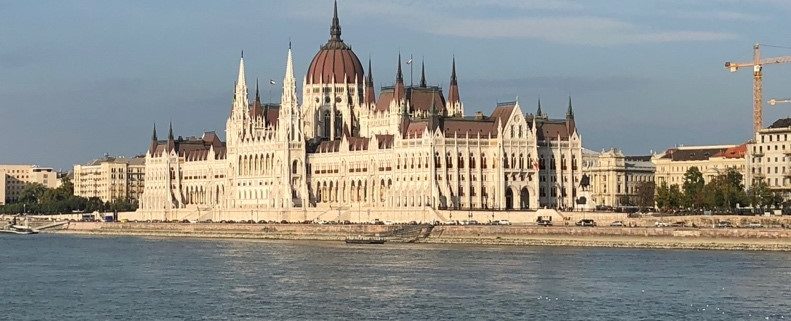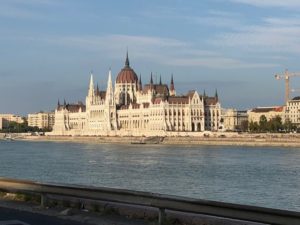Anachronistic Architecture
By Rody Conway
Can a city be out-of-place? Vienna and Budapest, the two capitals of the former dual-monarchy of Austria-Hungary, don’t feel like they belong in the 21st century. The abundance of intact gothic, renaissance, and baroque architecture places these two cities in a sort of limbo in time. Despite the recent explosion in popularity of chain-restaurants and souvenir shops, Vienna and Budapest remain trapped in the late 19th century.
After 1918, Vienna, a formerly imperial city suddenly became the capital of Austria, a small nation state of fewer than 10 million people. Despite the change in borders, Vienna retained its imposing size, architecture, and prestige. In fact, with 2.6 million inhabitants, the greater metropolitan area of Vienna accounts for more than one fourth of Austria’s entire population. The newly established republic stands in stark contrast to the large multi-ethnic Austro-Hungarian Empire. Vienna is clearly an old city, with architectural relics of all eras of its long history. Vienna is also a visibly Christian city. Gothic churches such as the St. Stephens Cathedral, dominate the skyline. However, while walking the city streets one can rarely see above the rooftops of what I would call townhouses. These buildings, which create streets that feel more like large alleyways, are what define the experience of walking in central Vienna. Vienna’s distinctive architectural style is remarkably diverse, drawing from predominantly Gothic, Renaissance and Baroque influences. There is a sense of reminiscence, or even reverence toward the cities of antiquity in the architecture of Vienna,
especially toward ancient Rome. While exploring Vienna, I could not help but feel I was at the center of an empire. One can see and feel the legacy of the Habsburg dynasty throughout Vienna. There are innumerable monuments to various historical figures of the former empire. The one that stuck out it my mind was the square dedicated to the Empress Maria Theresa. At times, it can feel as if the entire city was the personal domain of the Imperial monarchy and aristocracy.
Budapest is very similar to Vienna in its effect on me. Many of the architectural features were modeled after the Viennese style. It also developed the mix of Gothic, Renaissance, and Baroque buildings, albeit only after becoming the second capital of the Austro-Hungarian Empire in 1867. My favorite example of this is the Hungarian Parliament building, which
was completed in 1904. Habsburgs left a defined mark on this great city and on Hungarian society in general. The Hungarians view the Habsburg family as a cultural symbol, at least if our tour guide is to be believed. Based on my interactions with the two cities, as well as people of the two nations, I’ve come away with the impression that the Habsburgs left a mental impact on Hungary, and a physical impact on Austria. Perhaps this has something to do with the fact that Hungary, at least on paper, maintained the monarchy under a regent until the end of WWII. The Austrians made an immediate transition into a republic, eliminating the Habsburgs from the government entirely.
There was a grandiose, yet antiquated feel to the buildings to which I’m not accustomed. In the United States, most large cities are jungles of concrete, steel, and glass. I must also note that I’m unaccustomed to walking the streets of cities that are more than 300 years old. There is an indescribable sense of history whilst walking through the great European cities that American cities simply lack. I experience a similar feeling when I visit Washington DC, but this might just be a result of a combination of patriotism and being a Romanophile. While this “sense of history” is more present in most cities of Eurasia, it is especially noticeable in Vienna and Budapest, which were both spared the total destruction of WWII. The presence of visible history in these cities is also likely related to the rise of nationalistic movements in these two nation-states. However, I don’t necessarily view this relation as a bad thing in and of itself. The cities are reminiscent of a bygone era, but the feelings they evoke are timeless.














